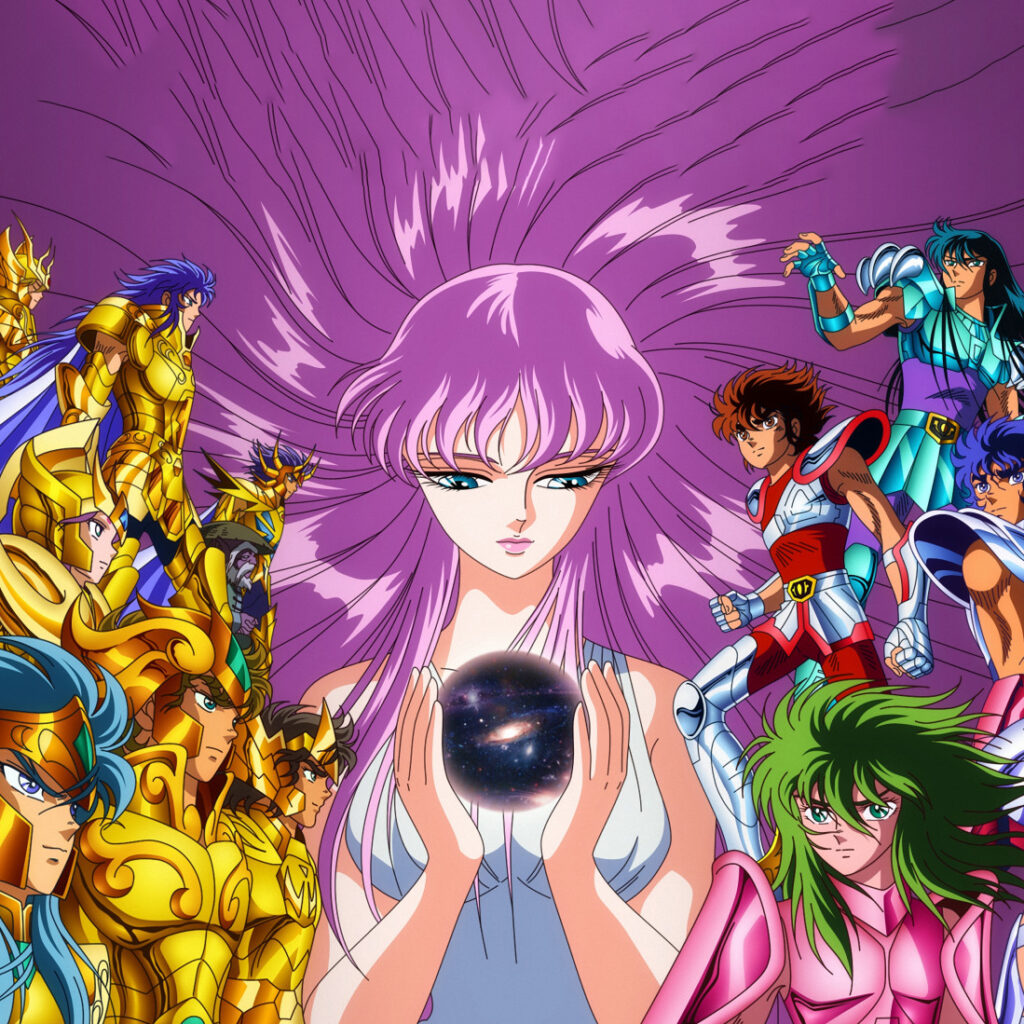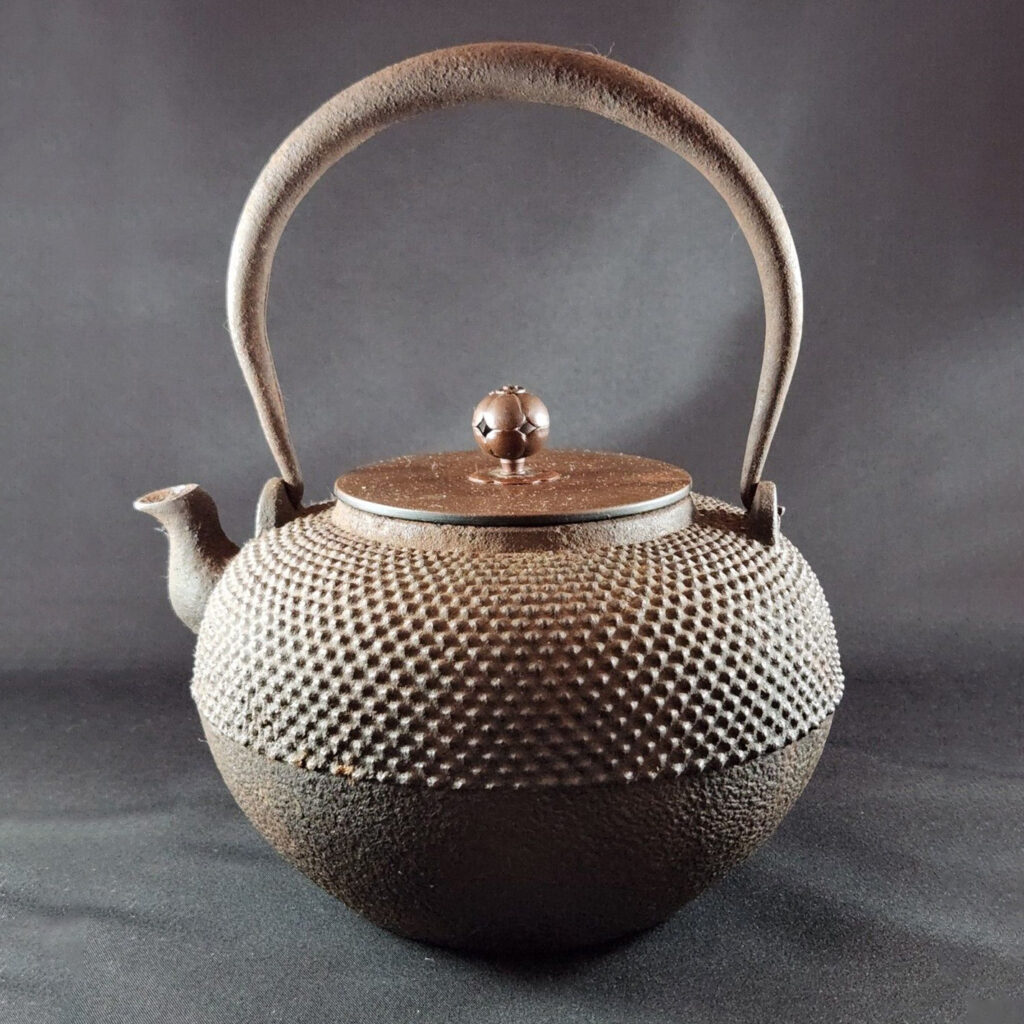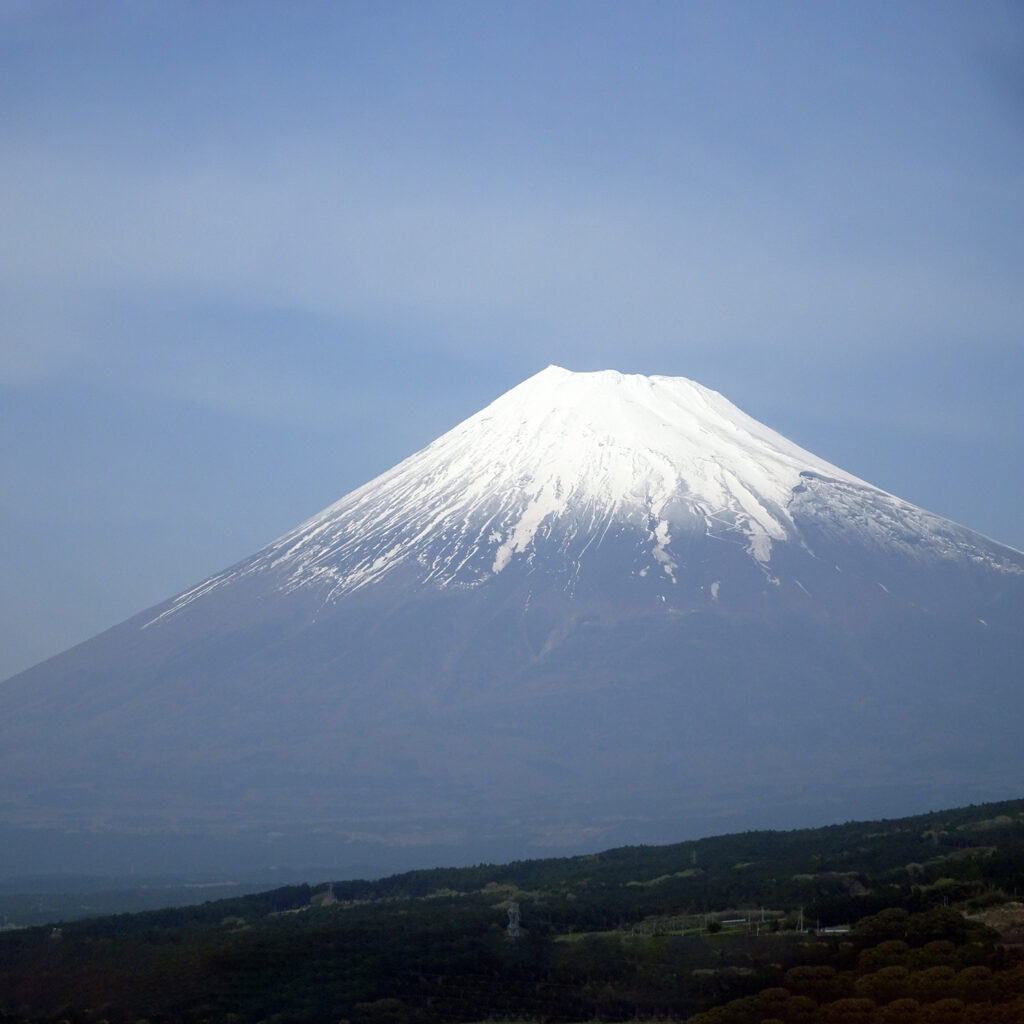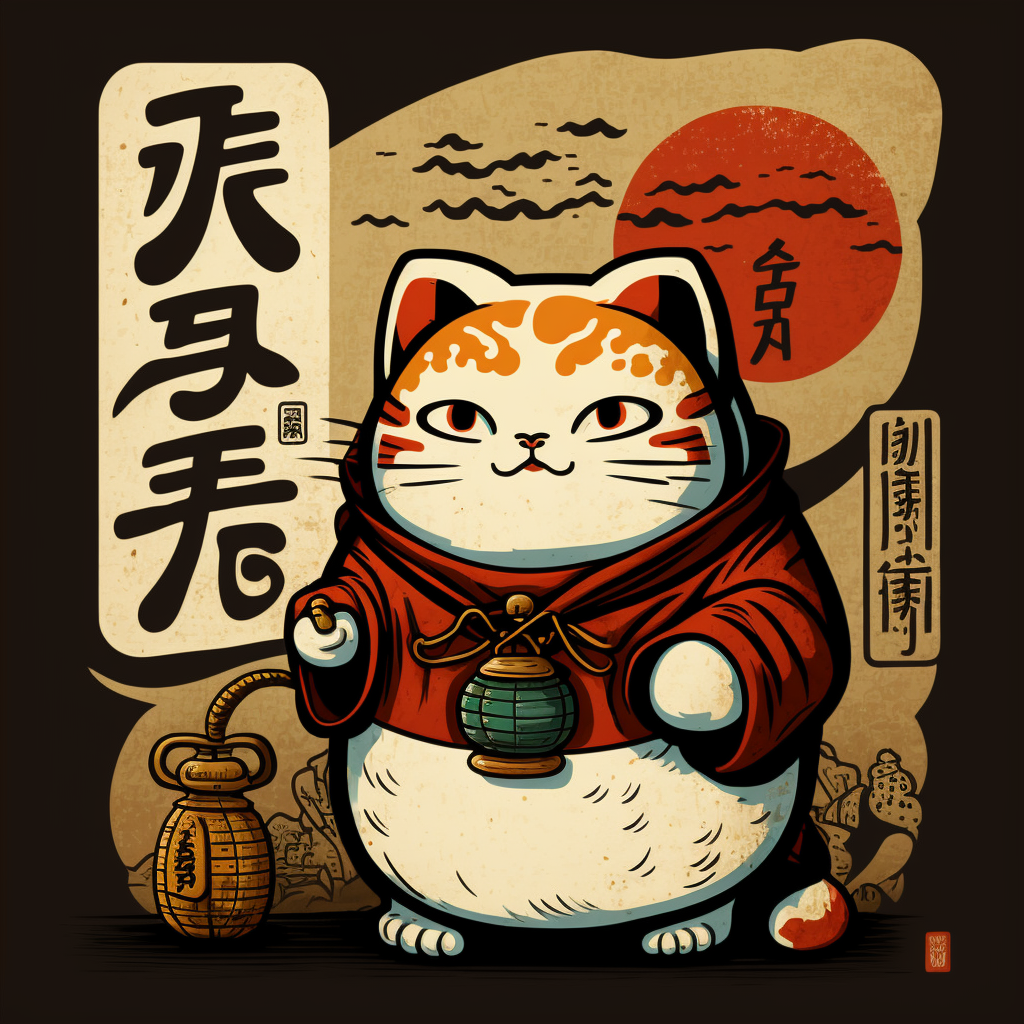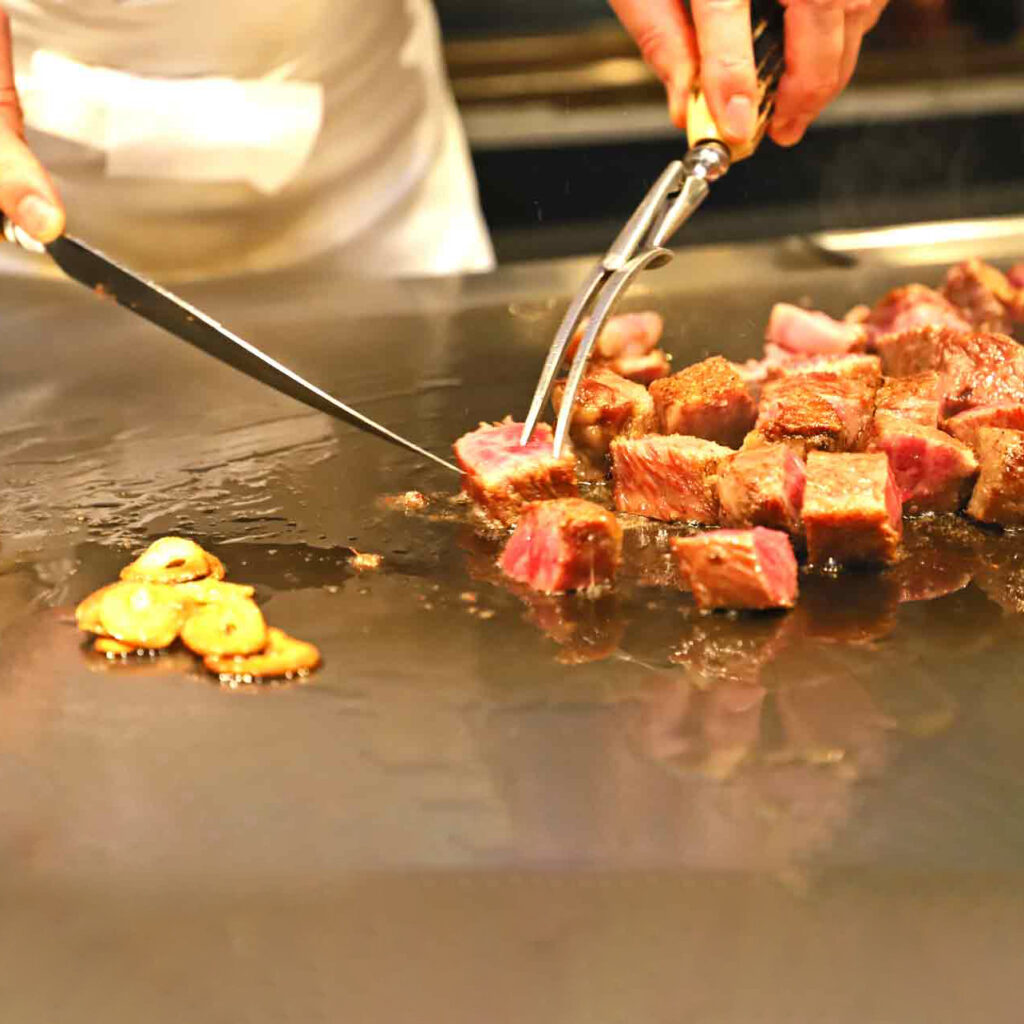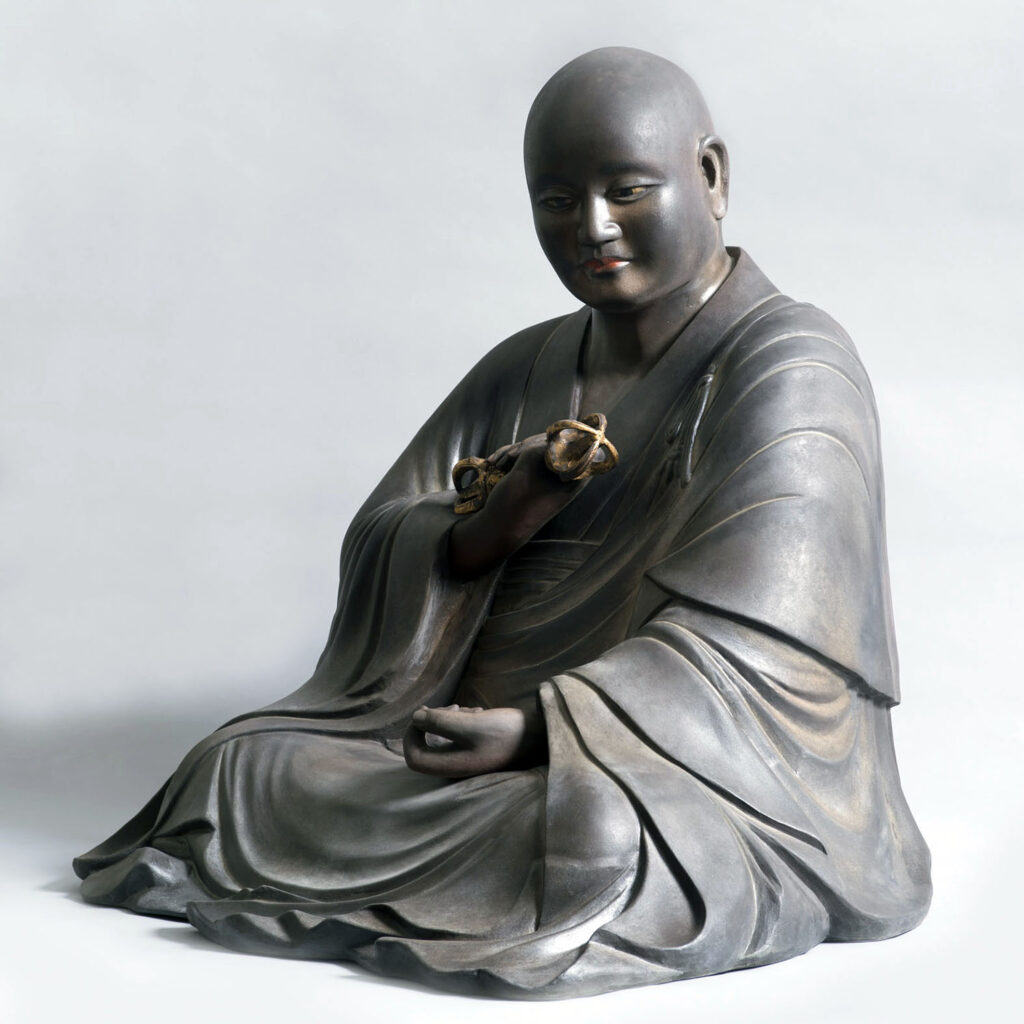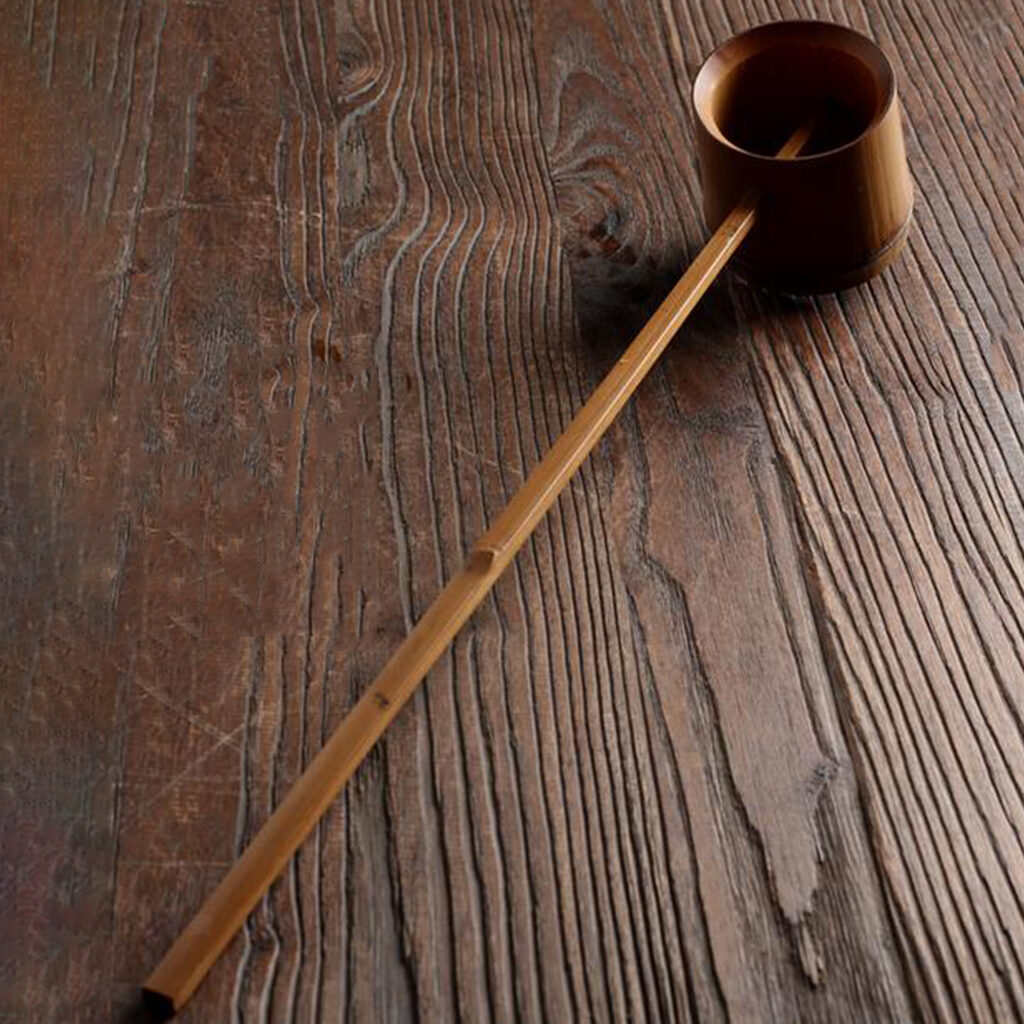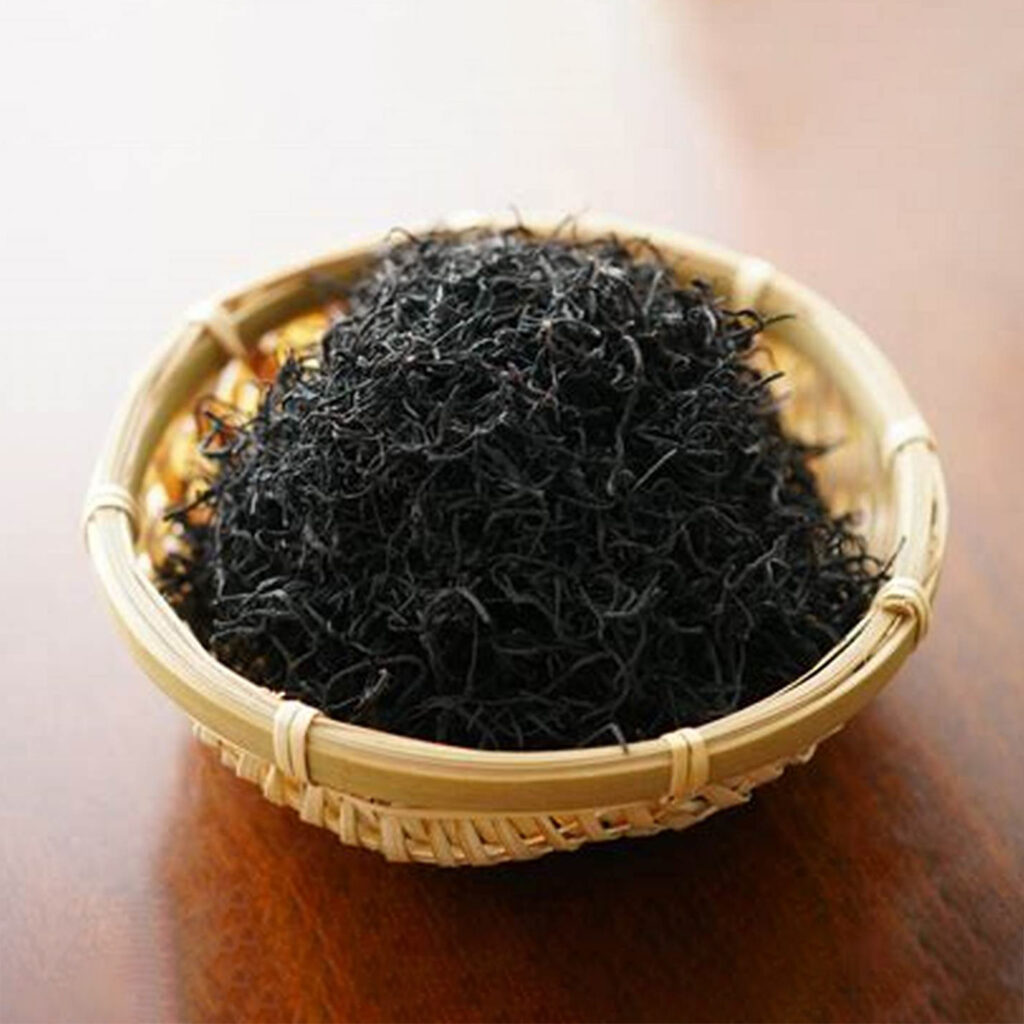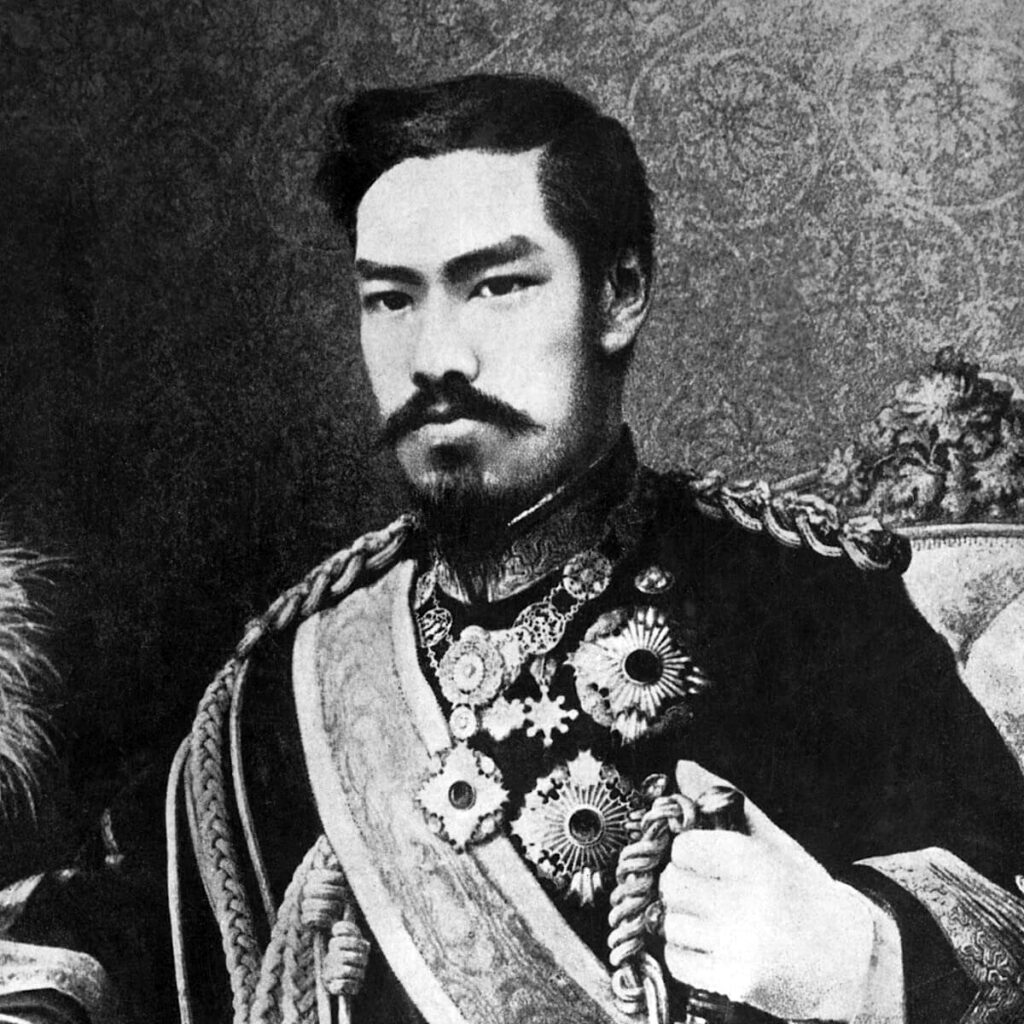Saint Seiya: the Knights of the Zodiac by Masami Kurumada
Saint Seiya, also known as The Knights of the Zodiac, is a Japanese manga and anime series created by Masami Kurumada in 1986. The series quickly gained popularity in the 1980s and 1990s, not only in Japan, but around the world, especially in Latin America and Europe. The series tells the story of young warriors …
Saint Seiya: the Knights of the Zodiac by Masami Kurumada Read More »

